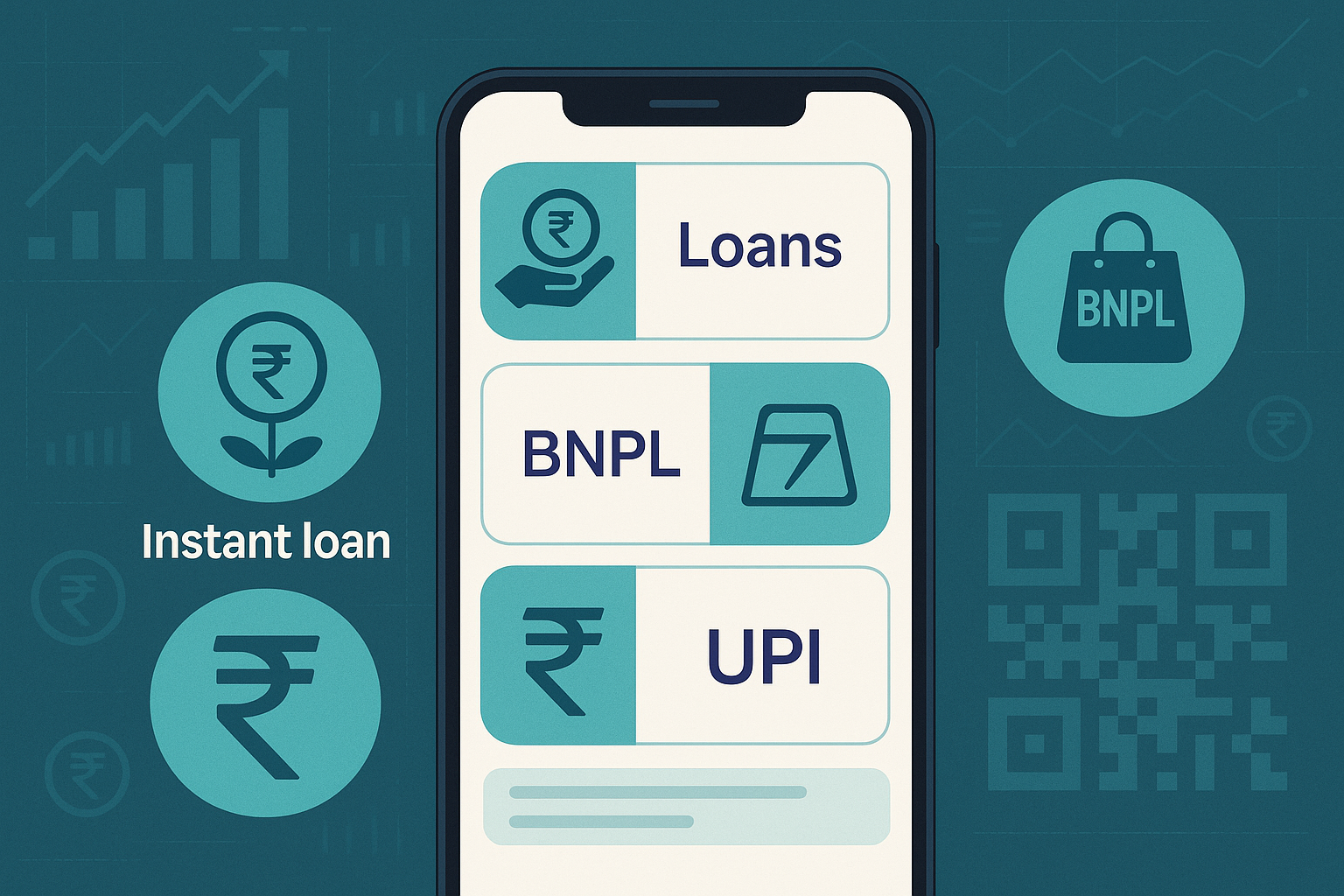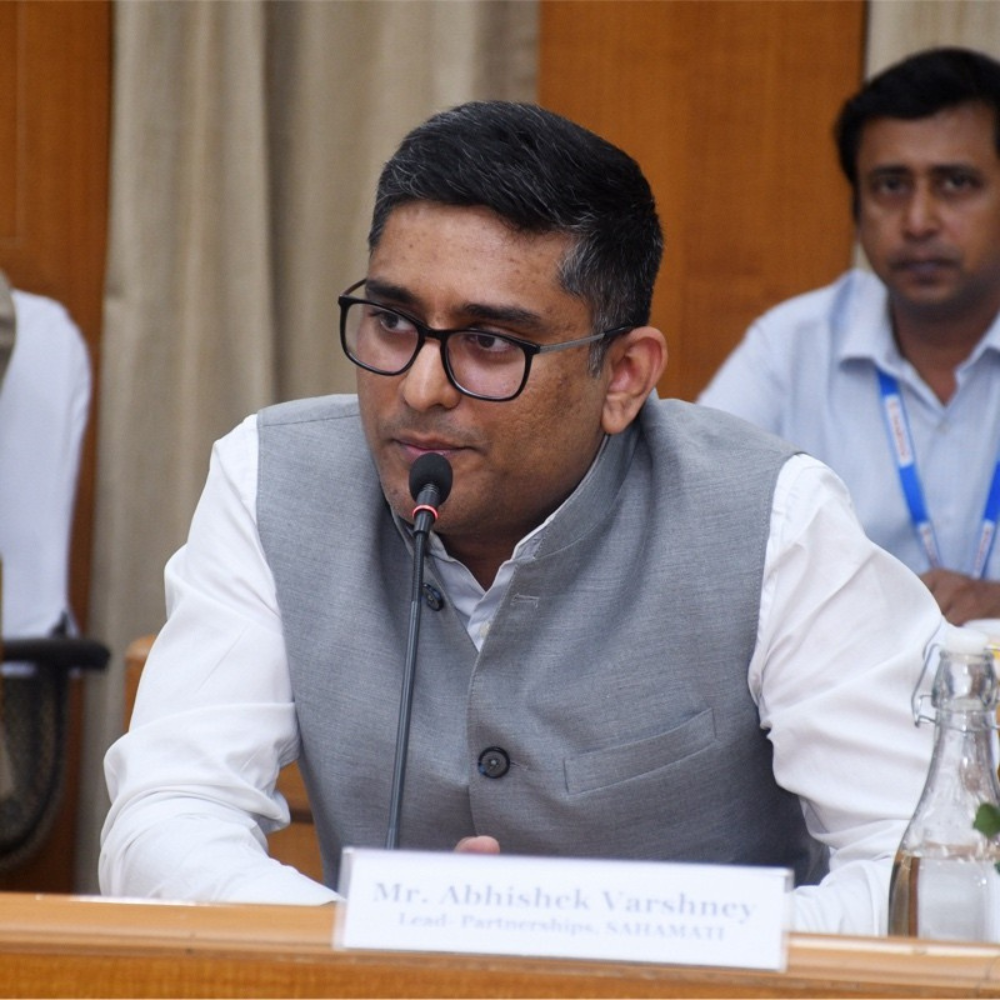India’s financial sector is undergoing a digital disruption, driven by a surge in fintech firms offering microloans, buy-now-pay-later (BNPL) options, and mobile-first neo-banking services. This new wave of digital lenders and neo-banks is transforming access to credit for individuals and small businesses, particularly those underserved by traditional banks. With regulatory clarity from the Reserve Bank of India (RBI) and growing smartphone penetration, these platforms are gaining traction at an unprecedented pace. This article explores the evolving digital lending landscape, key players, regulatory developments, market implications, and industry perspectives.
Background and Context
The digital lending ecosystem in India has seen exponential growth, with over 2,000 fintech startups operating in the space as of 2025. According to a joint report by BCG and FICCI, digital lending in India is projected to grow to ₹24 lakh crore ($300 billion) by 2030, up from ₹4.9 lakh crore in 2021.
The evolution of neo-banking—digital-only banks that operate without physical branches—has also added a new dimension to financial inclusion. These platforms, such as Jupiter, Fi, and Niyo, offer full-suite banking services through mobile apps, often in partnership with traditional banks for compliance and deposit security.
A key catalyst has been mobile-first innovation. With over 800 million smartphone users in India and UPI transaction volumes crossing ₹17 lakh crore monthly, the ecosystem is ripe for rapid, tech-enabled financial services.
Key Trends and Business Models
Microloans and Instant Credit
Digital lenders like KreditBee, ZestMoney, and CASHe provide short-term, low-ticket loans (as low as ₹500) to gig workers, students, and new-to-credit users. AI-driven underwriting, KYC via Aadhaar, and digital disbursals enable approval in minutes.
Buy-Now-Pay-Later (BNPL)
BNPL offerings from fintechs like LazyPay, Simpl, and Slice are gaining popularity among millennials and Gen Z, allowing users to defer payments for online and offline purchases without traditional credit cards.
Industry estimates show BNPL transactions grew 130% YoY in FY24, particularly in e-commerce, travel, and food delivery sectors.
Neo-Banking Platforms
Neo-banks like Jupiter (in partnership with Federal Bank) and Fi (partnered with Axis Bank) offer savings accounts, debit cards, budgeting tools, and investment options—all through mobile apps. These banks don’t hold banking licenses themselves but leverage regulated banks’ infrastructure.
Regulatory Developments and Oversight
The RBI issued Digital Lending Guidelines in 2022, later updated in 2024, requiring all digital lenders to disclose loan terms clearly, route disbursals through regulated entities, and prevent misuse of user data.
Additionally, the central bank has increased scrutiny on BNPL offerings, urging fintechs to improve risk management and ensure customer suitability. The guidelines aim to strike a balance between innovation and customer protection.
“Fintechs must operate within a responsible framework. Innovation is welcome, but not at the cost of systemic risk,” said RBI Deputy Governor T. Rabi Sankar in a recent address.
Market Impact and Financial Inclusion
The rise of digital lending and neo-banks is expanding credit access to Tier 2 and Tier 3 cities, gig workers, freelancers, and first-time borrowers.
Traditional banks are now collaborating with or acquiring fintechs to stay competitive. HDFC Bank’s acquisition of PayZapp and Axis Bank’s tie-up with Open are examples of hybrid models emerging.
As per the NPCI, over 40% of UPI-based lending in 2025 came from non-bank fintechs, marking a shift from traditional branch-led models.
Expert Opinions
Sanjay Swamy, Managing Partner at Prime Venture Partners:
“The unbundling and re-bundling of banking via APIs and mobile interfaces is redefining customer experience. Neo-banks are the gateway to Gen Z finance.”
Megha Arora, Co-founder of a BNPL startup:
“BNPL is not just deferred payment—it’s about building responsible credit behavior. The next evolution will include credit scoring and embedded insurance.”
Kunal Verma, Chief Digital Officer at a private bank:
“Digital lenders are pushing the envelope on risk modeling. Traditional banks need to adopt agile, API-first systems to stay relevant.”
Social Media Reactions from Industry Voices
@FintechIndiaLive:
“BNPL is the new credit card. Digital lending is changing the game—fast, flexible, and mobile. #NeoBanking #BNPLIndia”
@RBIwatchdog:
“RBI tightening digital lending norms is a necessary step. Consumers need protection in this high-growth space. #DigitalLending #FintechRegulation”
@StartupGyaan:
“Neo-banks are India’s answer to legacy systems. With smart UX and zero paperwork, they’re winning hearts—and wallets. #DigitalBanking”
Challenges and Future Outlook
Despite their popularity, digital lenders face several challenges:
Regulatory Uncertainty: RBI’s evolving stance on digital lending and data privacy could impact operational models.
Credit Risk and Defaults: The absence of physical verification in microloans and BNPL increases the risk of delinquency.
Profitability Pressures: Many fintechs offer interest-free or low-cost products, which can strain unit economics if scale isn’t achieved quickly.
However, the future remains promising. With the Open Credit Enablement Network (OCEN) and Account Aggregator framework gaining traction, fintechs will soon offer interoperable, consent-driven credit services.
Industry forecasts suggest that neo-banks could serve over 200 million users in India by 2030, while digital lenders may account for 20% of total retail credit disbursals.
Conclusion
Digital lending and neo-banking are reshaping India’s credit and savings landscape, making finance faster, smarter, and more inclusive. With responsible innovation, regulatory compliance, and scalable models, these fintechs are well-positioned to become the backbone of India’s future banking ecosystem.












